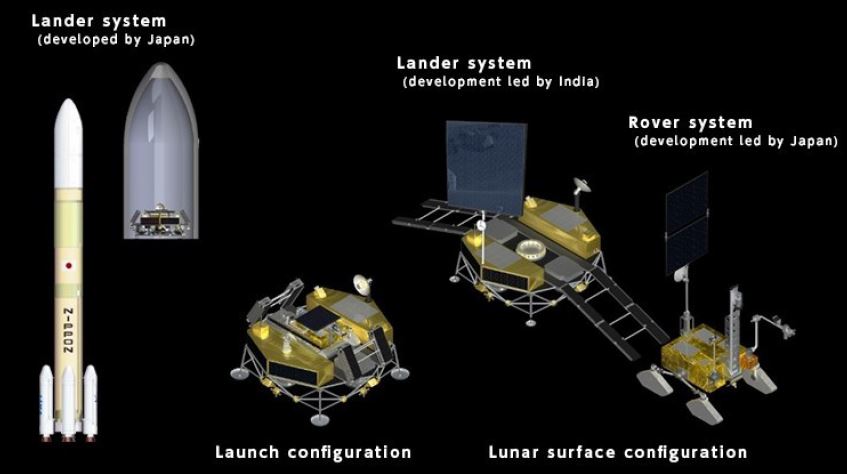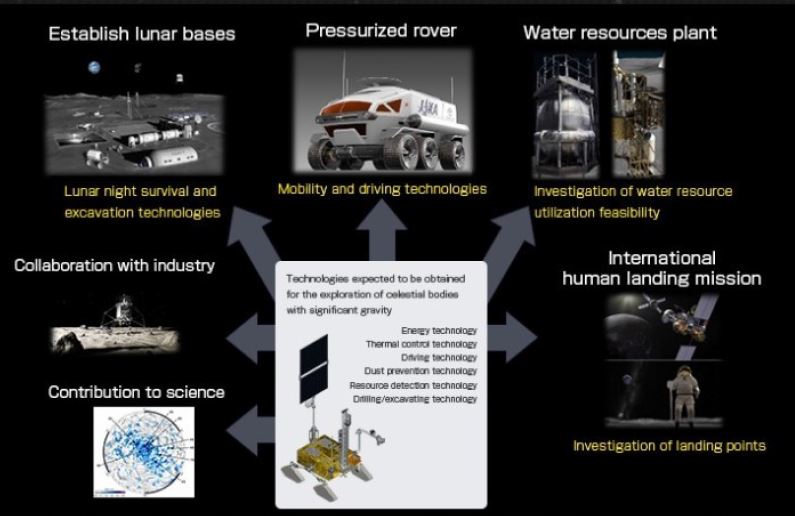Chikungunya Virus
- Chikungunya virus is an arbovirus that belongs to the genus Alphavirus.
- It is a viral disease that is spread by the bite of Aedes aegypti and Aedes albopictus mosquitoes.
- Symptoms usually appear within a week of infection, It causes fever and severe joint pain.
- Other symptoms include muscle pain, headache, nausea, fatigue and rash.
- Joint pain is often debilitating and can vary in duration.
- The disease is most prevalent in in Africa, South- Asia and India.
Indian Ocean lineage of Chikungunya Virus
- A team from ICMR-National Institute of Virology, Pune, has noted India as an endemic reservoir for chikungunya virus with persistent global transmissions from the country.
- According to the research Genetics and Evolution adds that “dispersal of the strains from India was noted to neighboring and distant countries” such as Sri Lanka, Bangladesh and China.
- The team studied newly sequenced chikungunya viruses isolated during outbreaks that happened between 2014 and 2018.
- During these years, the virus showed activity in India. Karnataka, Maharashtra and New Delhi accounted for a majority of the cases.
- The whole-genome sequencing study revealed that the isolates belonged to the Indian subcontinent sub-lineage of the Indian Ocean lineage.
- The Indian Ocean lineage is a subgroup within the East Central South African genotype.
- It was responsible for the resurgence in the epidemic on La Reunion Island and other neighboring islands in the Indian Ocean and in the Indian sub-continent during 2004-2005.
- This study helped understand the overall evolution and epidemiology of the Indian Ocean lineage.
- Analyses of about 207 whole genomes, including the eleven whole genomes of this study and 39 additional whole genomes from India, showed two separate clusters of Indian Ocean islands sub-lineage and Indian subcontinent sub-lineage.
- It is already known that Kenya was the most likely ancestral location for both the sub-lineages, and the study further confirmed this.
- The strains from these clusters were noted to have spread to China, Sri Lanka, Bangladesh, and Southeast Asian countries including Indonesia, Malaysia, Singapore and Papua New Guinea beyond mid-2006.
- Transmissions to Yemen, China, Japan, Hong Kong, Pakistan, Australia, Bangladesh and Italy were also noted later on.
World Day against Child Labour
- World Day against Child Labour has been observed on June 12th 2020.
- The theme for the year 2020 is Covid-19: Protect children from child labour, now more than ever which focuses on the impact of Covid-19 crisis on child labour.
- World Day against Child Labour was launched by International Labour Organization (ILO) on 12th June 2002.
- Since then, every year, the day is marked to highlight the plight of child laborers worldwide and also to take required measures to eliminate it.
Child Labour and India
- The International Labour Organization (ILO) defines child labour as work that deprives children of their childhood, their potential and their dignity, and that is harmful to their physical and mental development.
- In the least developed countries, slightly more than one in four children (ages 5 to 17) are engaged in labour that is considered detrimental to their health and development.
- The eradication of Child Labour is part of the UN Sustainable Development Goal Target 8.7.
- In the age group of 15-18 years, India has around 23 million working children.
- This means one in eleven children between the ages of 5-18 years in the country are working.
- Five states which are the India’s biggest child labour employers- Uttar Pradesh, Bihar Rajasthan, Madhya Pradesh and Maharashtra.
- Constitutional provisions that address Child labor includes:
- Article 21A: Right to Education
- Article 24: Prohibition of employment of children (below the age fourteen years) in factories, etc.
- Article 39: The State shall, in particular, direct its policy towards securing the health and strength of workers, men and women, and the tender age of children are not abused and that citizens are not forced by economic necessity to enter avocations unsuited to their age or strength.
International Laws on Child Labour
- The UN Convention on the Rights of the Child, 1989: It contains the idea that children are not just objects who belong to their parents and for whom decisions are made, or adults in training. Rather, they are human beings and individuals with their own rights.
- International Labour Organizations Conventions on the minimum age for admission to employment of the year 1973 (ILO convention 138) and on the worst forms of child labour of the year 1999 (ILO convention182).
- Recently, India has ratified International Labour Organizations Convention (ILO) no 138 (minimum age for employment) and Convention no 182 (worst forms of child labour).
Science Communication Forum
- Department of Science & Technology has constituted a joint Science Communication Forum with a view to facilitate interaction, cooperation, and coordination amongst various public sector science communication institutions and agencies.
- It is represented by senior officials from various central ministries and departments, including Agriculture, Health, Culture, Defense, Space, Atomic Energy, and Information & Broadcasting, in addition to Science & Technology.
- The Forum brings together science communication efforts spread across various institutions and can help adoption of a common policy and best practices at a wider scale, ultimately aiming towards a national science communication framework.
- It would work upon strategies for effective planning and implementation of science communication programmes at macro and micro level in the country to spread scientific awareness and inculcate scientific temper amongst the masses leading to an innovation-driven society that contributes towards an ecosystem for Atmanirbhar Bharat.
Organizations in India for Science and Communication
- India has a very robust organizational structure on science communication.
- At least five national organizations are working on the growth and development of science communication, these are
- National Institute of Science Communication and Information Resources (1951),
- Homi Bhabha Center for Science Education (1974),
- National Council of Science Museums (1978),
- National Council for Science & Technology Communication (1982),
- Vigyan Prasar (1989).
- In addition, different scientific organizations have their own science communication wings, they include
- Unit for Science Dissemination (CSIR),
- Directorate of Knowledge Management in Agriculture (ICAR),
- Publication & Information Division (ICMR),
- Directorate of Public Interface (DRDO),
- Public Awareness Division (DAE),
- Office of Media & Public Relations (ISRO),
- Science Cells, AIR, etc.
- Almost all national laboratories and scientific institutions have some institutional mechanisms for science communication and public outreach.
Lunar Polar Exploration (LPE)
- Japan is planning for a joint lunar mission with India, named Lunar Polar Exploration (LPE).
- LPE hopes to put a lander and rover on Moon’s surface has, for the first time, spelled out details of the project that will see ISRO lead the lander development.
- The mission will be launched after 2023, ISRO currently has its human spaceflight programme (Gaganyaan) scheduled for 2022 and will involve a lander and a rover.
- Japanese would be building the overall landing module and the rover, while ISRO would develop the lander system.
- The mission will be launched from Japan, and the designated launch vehicle is the H3 rocket, manufactured by Mitsubishi Heavy Industries.
- The mission’s aim is to obtain actual data regarding the quantity of water from in-situ observations of areas where water is anticipated to exist, based on the available past observational data.
- It also seeks to understand the distribution, conditions, form and other parameters of the lunar water resources in the Polar Regions.
- The mission also seek to improve the technology needed to explore the surface of low-gravity celestial bodies in order to support future lunar activities.
- These advancements include technology for mobility, lunar night survival and mining excavation.


Magallanodon baikashkenke
- Chilean and Argentine researchers have unearthed teeth of a species called Magallanodon baikashkenk in far-flung Patagonia belonging to a mammal that lived 74 million years ago.
- It is the oldest such remains yet discovered in the South American country,it is found in a dig near Torres del Paine National Park, a remote area of Patagonia famous for its glacier-capped Andean spires and frigid ocean waters.
- The small mammal would have lived in southern Patagonia during the late Cretaceous era, alongside dinosaurs, crocodiles, turtles and birds, according to an article published in the bulletin of the Natural History Museum of Chile.
- It is the southernmost record of Gondwanatheria, a group of long-extinct early mammals that co-existed with dinosaurs.
- It is found to be egg-laying mammal, like the platypus and marsupial mammals, and the beast was not a rodent but had evolved “rodent-like chewing teeth.
- Gondwanatheria remains from the Cretaceous era are extremely rare, particularly in this part of southern South America, according to the Chilean Antarctic Institute.

Source: PIB, DTE, Indian Express
